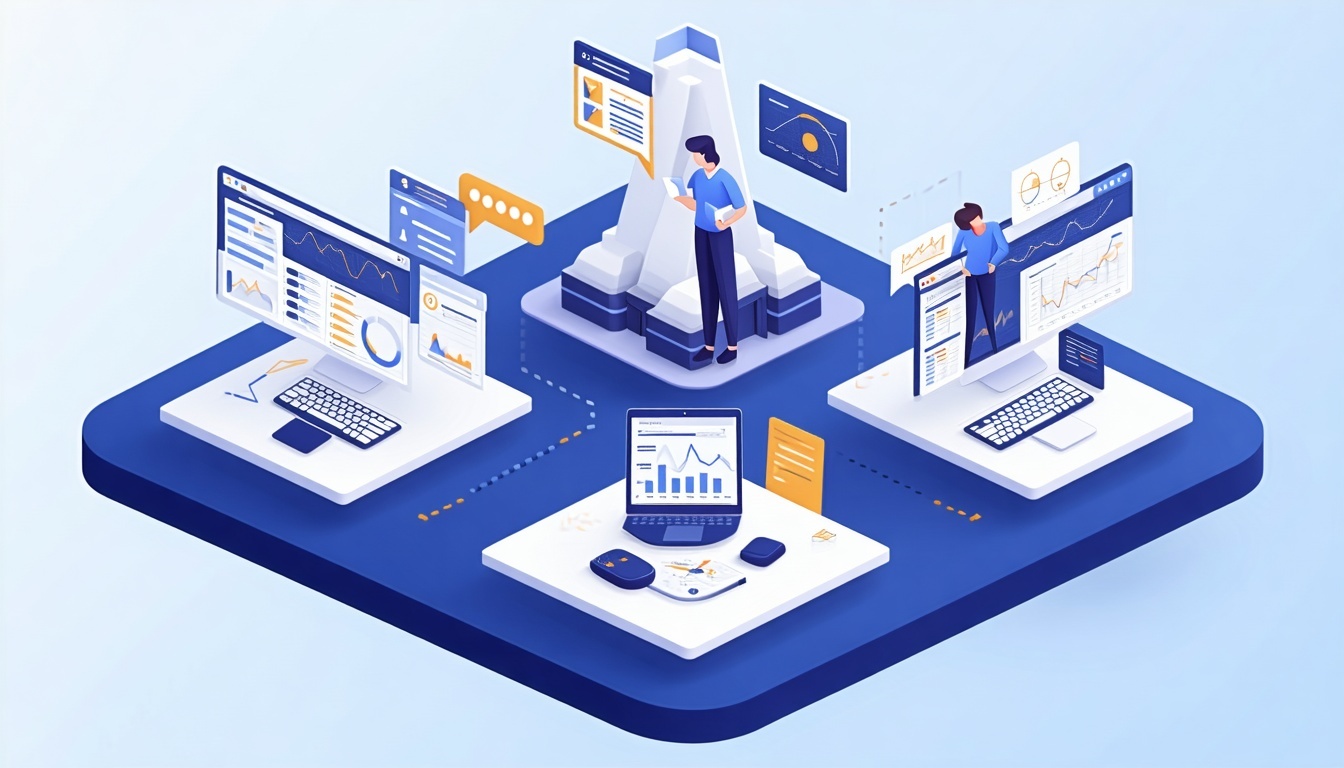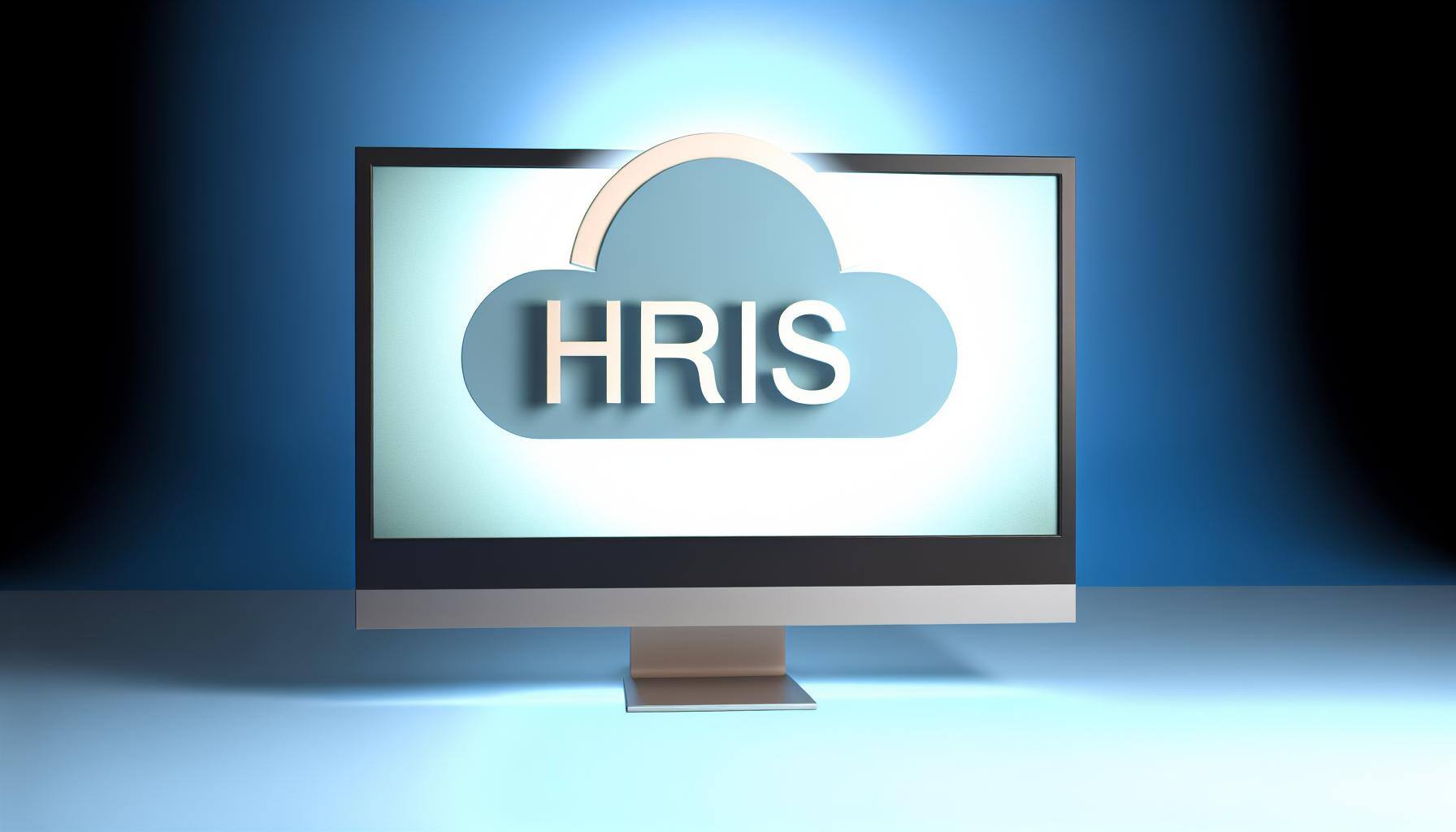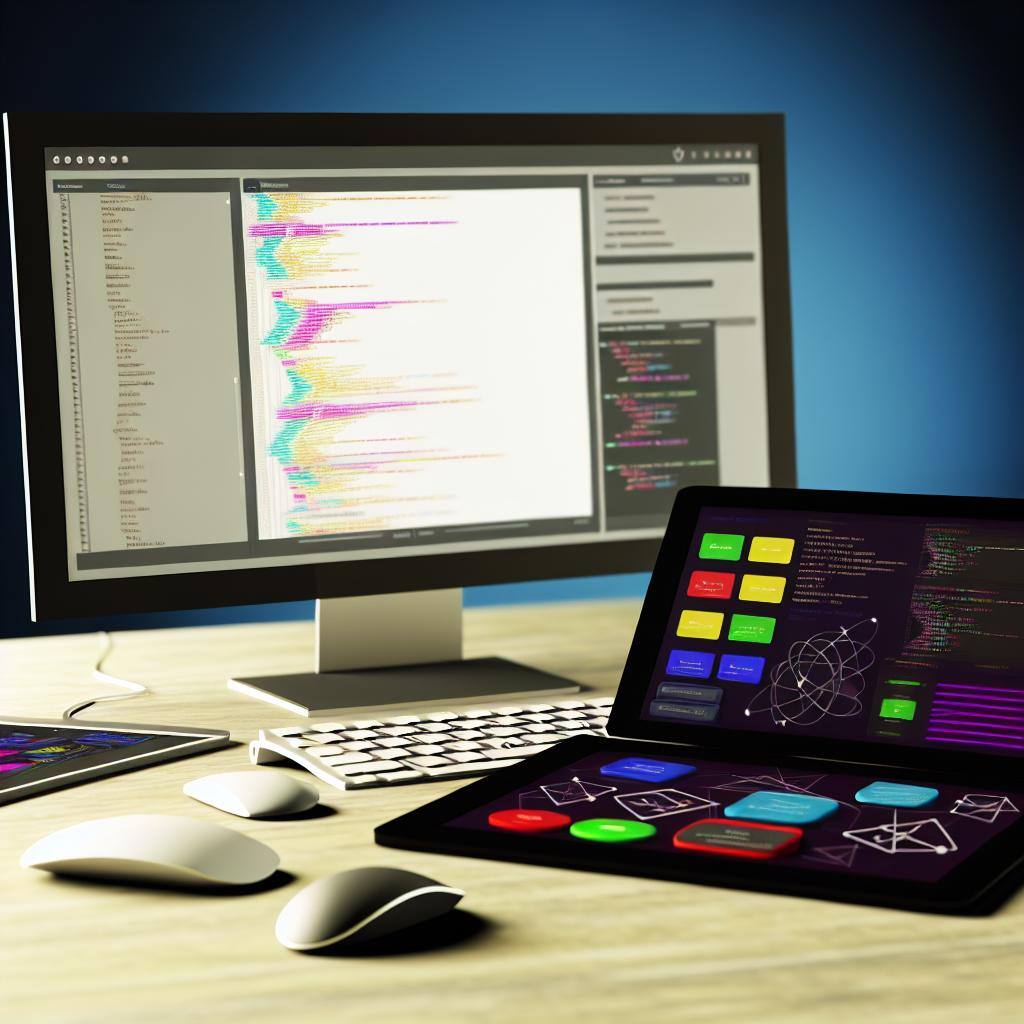Top 5 Issues Businesses Face With Employee Time Tracking Software
January 8th, 2025
3 min read
.jpg?width=3000&height=2000&name=image%20of%20people%20pushing%20clock(1).jpg)
Let’s face it: managing employee time tracking is no easy feat. If you’ve ever found yourself frustrated by inaccuracies, software that’s hard to use, or systems that just don’t talk to each other, you’re not alone. Time tracking software should be a tool that simplifies workforce management, but for many businesses, it’s a source of constant headaches.
At Lift HCM, we’ve worked with countless organizations like yours, and we know how vital accurate and efficient time tracking is for payroll, compliance, and overall productivity. In this article, we’ll tackle the top five issues businesses face with time tracking software, and more importantly, we’ll show you how to overcome them. By the end, you’ll have a clear path to a time tracking solution that truly works for your business.
Table of Contents
- Inaccurate Time Records: When the Clock Doesn't Add Up
- Complexity and Poor User Experience
- Integration Woes: When Systems Don't Play Well Together
- Limited Customization and Scalability
- Data Security Concerns
- Tips for Choosing the Right Time Tracking Software
- Mastering Time Tracking for Business Success
1. Inaccurate Time Records: When the Clock Doesn't Add Up
The Problem
Inaccurate time tracking is one of the most common complaints. Employees might forget to clock in or out, leading to payroll discrepancies. Worse, manual adjustments to correct these errors take time and increase the risk of further mistakes.
According to a study by the American Payroll Association, manual time tracking errors can cost businesses up to 7% of their total payroll each year. This isn’t just about dollars; it’s about trust. Employees and management alike can feel frustrated when time tracking is consistently wrong.
The Solution
- Automated Systems: Use tools with automated clock-in/clock-out features that integrate with devices like smartphones or biometric scanners.
- Geofencing Technology: For remote teams, geofencing ensures employees can only clock in when they’re at the correct location.
- Regular Audits: Run periodic checks to ensure data accuracy and address any anomalies promptly.

2. Complexity and Poor User Experience
The Problem
Have you ever seen employees struggle with overly complicated time tracking systems? When software isn’t intuitive, it leads to low adoption rates, improper usage, and wasted time. If your team spends more time figuring out the software than using it, the system becomes a liability rather than an asset.
The Solution
- Intuitive Interfaces: Choose platforms that prioritize user experience. A clean, simple interface ensures employees can use the system without extensive training.
- Mobile Accessibility: Ensure your software has a mobile-friendly version or app for employees on the go.
- Ongoing Training: Provide periodic training sessions and resources to keep everyone up to speed with the software.
3. Integration Woes: When Systems Don't Play Well Together
The Problem
Time tracking software often needs to integrate with payroll, HR, and accounting tools. But what happens when your systems don’t sync? Manual data transfers are time-consuming and error-prone, and mismatched data can lead to payroll delays and compliance risks.
The Solution
- Choose Compatible Software: Opt for cloud-based platforms designed to integrate seamlessly with your existing tools. Many providers, including Lift HCM, offer solutions that work with payroll and HR systems.
- APIs and Middleware: Leverage APIs or middleware to connect systems that don’t natively integrate.
- Vendor Support: Ensure your provider offers reliable technical support for integration challenges.
💡 Did You Know? Businesses using integrated time tracking and payroll systems report a 67% reduction in payroll processing errors, according to Deloitte.
4. Limited Customization and Scalability
The Problem
Your business is unique, and your time tracking needs might differ from others. Unfortunately, many time tracking tools are rigid, offering limited customization. As your company grows or diversifies, an inflexible system may no longer meet your needs.
Stat: 42% of companies switch their time tracking tools within the first 2 years due to lack of scalability, per a HubSpot report.
The Solution
- Customizable Features: Look for software that allows you to tailor features like reports, workflows, and access permissions.
- Scalable Solutions: Choose a platform that can adapt to your growth, whether you’re adding more employees, locations, or new processes.
- Regular Reviews: Periodically assess your time tracking needs and upgrade systems as necessary.
5. Data Security Concerns
The Problem
Employee time tracking software collects sensitive information, such as personal details, work schedules, and location data. A breach or unauthorized access can lead to significant legal and financial repercussions.
In fact, the global cost of cybercrime is projected to hit $10.5 trillion annually by 2025, and SMBs are a prime target, per Cybersecurity Ventures.
The Solution
- Encryption: Ensure your software encrypts all data, both in transit and at rest.
- Access Controls: Limit access to sensitive data based on user roles to minimize the risk of insider threats.
- Regular Security Updates: Partner with a vendor that prioritizes security patches and updates to protect against evolving threats.
- Compliance: Ensure your platform adheres to relevant data privacy regulations, such as the California Consumer Privacy Act (CCPA).
.png?width=699&height=438&name=_-%20visual%20selection(1).png)
Tips for Choosing the Right Time Tracking Software
- Identify Your Needs: Evaluate your specific requirements, such as integration with payroll or mobile accessibility.
- Look for Scalability: Ensure the software can grow with your business.
- Prioritize User-Friendliness: Select a solution that’s intuitive for all users, from admins to employees.
- Review Customer Support Options: Choose a provider that offers reliable support and troubleshooting assistance.
- Read Reviews: Learn from the experiences of other businesses in your industry.
Mastering Time Tracking for Business Success
Time tracking should empower your business, not hold it back. From fixing inaccurate records to ensuring robust data security, the challenges discussed in this article are real, but they’re not insurmountable. By choosing the right solution and adopting best practices, businesses can enhance productivity, ensure compliance, and achieve long-term savings.
At Lift HCM, we specialize in providing time tracking solutions that address these challenges head-on. Our tools are designed to simplify your processes, enhance accuracy, and grow alongside your business. Ready to take the next step? Let’s transform the way you manage time tracking, together.
Complexity and Poor User Experience
Caitlin Kapolas is a results-driven professional with a strong background in account management and retail. She is dedicated to improving client experiences and building lasting relationships. Caitlin excels in identifying client needs, resolving issues, and implementing customized solutions that drive value. Her effective communication skills ensure high client satisfaction and loyalty, making her a trusted advisor and partner in meeting client needs with precision and professionalism.












.jpg?width=1344&height=768&name=a%20software%20interface%20showcasing%20payroll%20management%20tools(1).jpg)
.jpeg?width=1024&height=1024&name=An%20image%20of%20a%20cloudbased%20payroll%20system%20with%20realtime%20accessibility%2c%20enhanced%20security%2c%20seamless%20integrations%2c%20scalability%2c%20and%20costeffectiveness%20bene-2(1).jpeg)

.png?width=2000&height=1376&name=payroll%20software%20image(1).png)




-1.jpg?width=1000&height=550&name=Businessman%20hand%20typing%20with%20cloud%20technology%20system%20and%20office%20symbol%20concept%20(1)-1.jpg)


